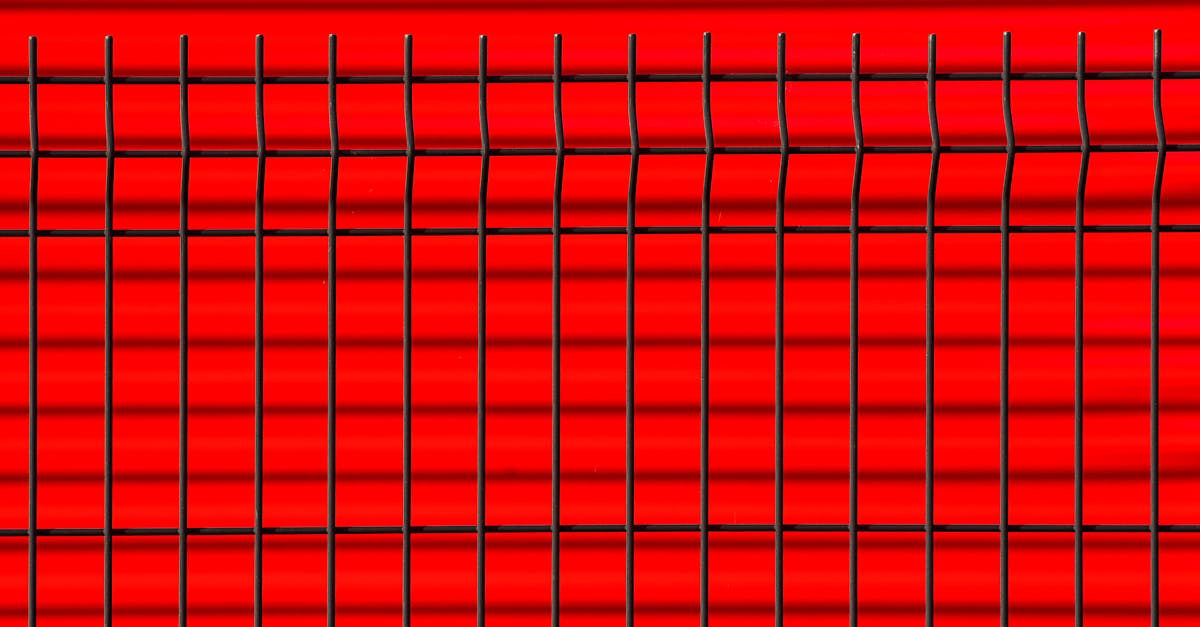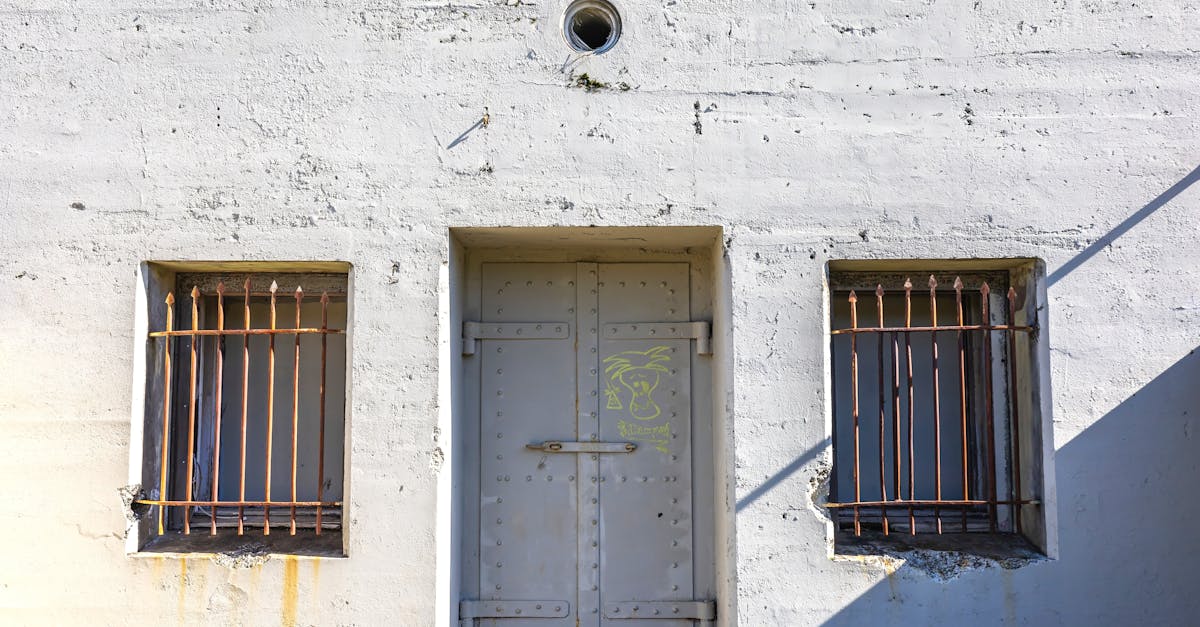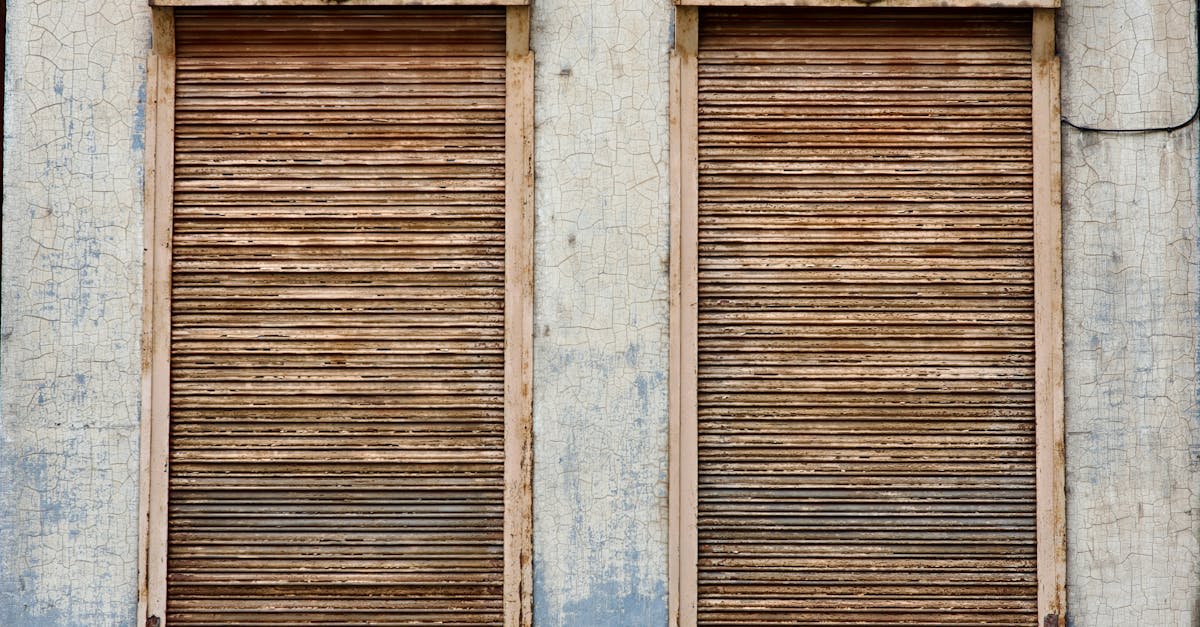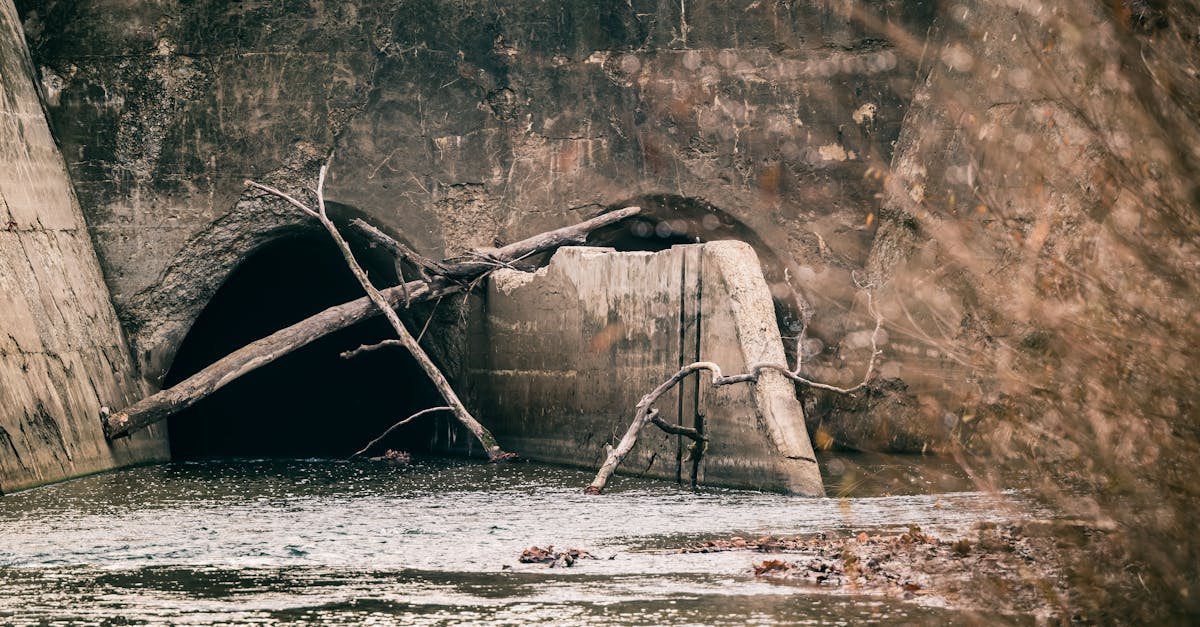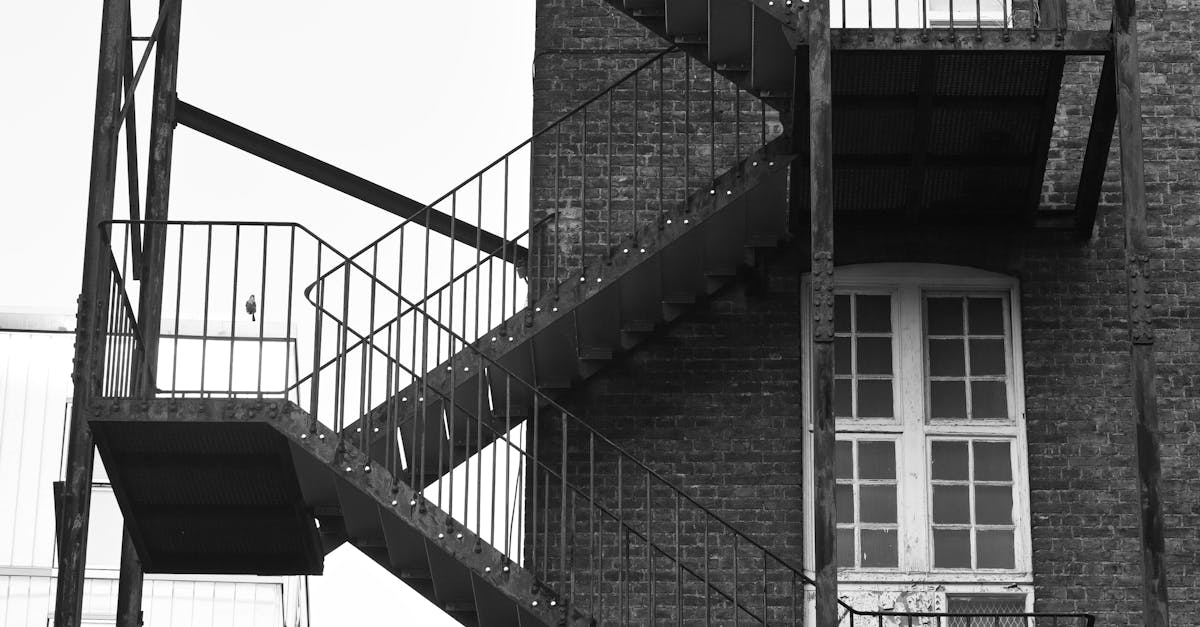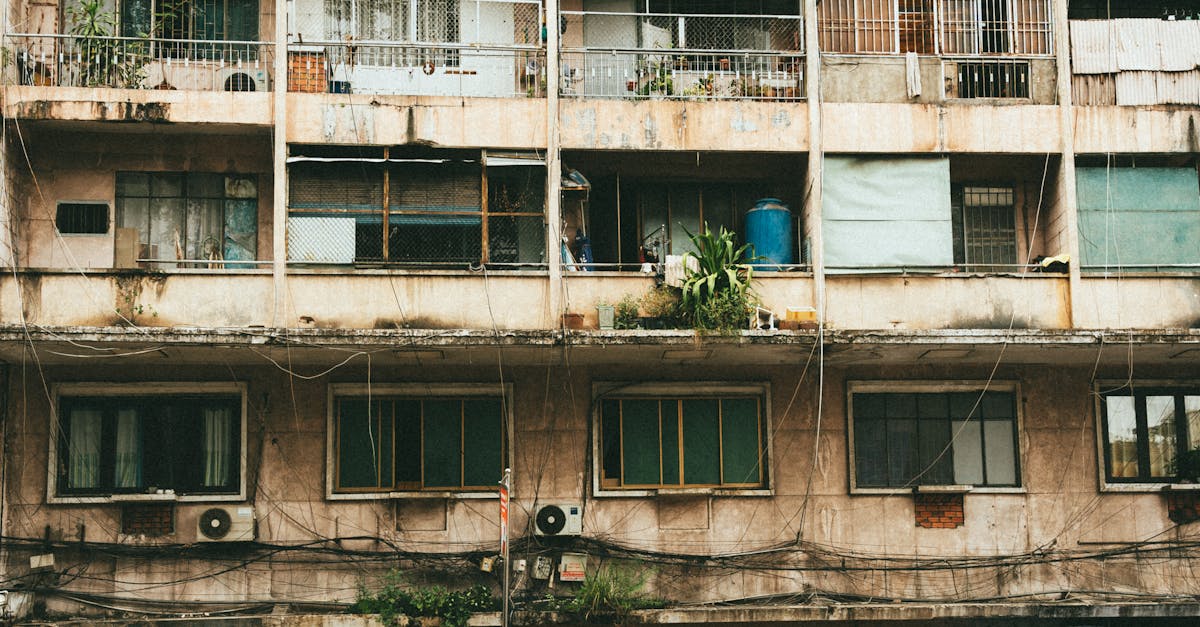
Table Of Contents
Installing the New Faucet
Before beginning the faucet installation process, gather all necessary tools and materials. A basin wrench, adjustable wrench, silicone sealant, and a container for any excess water will make the job easier. Ensure your new pull-down kitchen faucet comes with all required parts, including mounting hardware and hoses. Review the manufacturer's instructions for specific guidance related to your model. Proper preparation can help prevent complications during installation.
When you are ready to start, turn off the water supply to avoid any spills. Disconnect the existing faucet by loosening the mounting nuts underneath the sink. Remove the old faucet and clean the installation area to ensure a proper seal for the new unit. Position the new faucet according to the manufacturer's guidelines, securing it with the provided nuts. Ensure all connections are tight but avoid overtightening, as this can damage components. Once installed, any future faucet installation and repair can be accomplished more easily if you keep these best practices in mind.
StepbyStep Installation Process
Begin by gathering all necessary tools and materials for the installation process. A basin wrench, adjustable pliers, and Teflon tape are essential for the job. Carefully read the manufacturer’s instructions prior to starting. This will ensure you are familiar with the components and unique requirements of your specific model. Remove the old faucet by disconnecting the water supply lines and loosening the mounting nuts. Take care to clean the sink area thoroughly to ensure a proper seal for the new faucet.
Next, position the new pull-down kitchen faucet in the designated mounting hole and secure it with the appropriate nuts. Attach the water supply lines, ensuring you use Teflon tape on the threads to prevent leaks. A key aspect of faucet installation and repair is to check the alignment and tighten all connections firmly without over-tightening, which could damage the fittings. After securing everything, connect the water supply to your main lines and move on to testing the faucet to ensure a smooth operation.
Connecting Water Supply Lines
Connecting water supply lines is a critical step in ensuring your pull-down kitchen faucet functions correctly. Start by identifying the hot and cold water supply lines under your sink. Check that the fittings are clean and free from debris. This will help prevent any future leaks or issues. Prepare the new supply lines by applying Teflon tape to the threaded ends, ensuring a tight seal when connected to the faucet.
Once you've prepared the lines, carefully attach them to the corresponding ports on the faucet. Hand-tighten the connections first, then use a wrench to secure them further without over-tightening, as this could damage the fittings. After completing this step, perform a thorough inspection of the connections for any sign of leaks. Proper handling during this phase can save time and expenses related to faucet installation and repair later on.
Ensuring a Secure and LeakFree Connection
Achieving a secure and leak-free connection during your pull-down kitchen faucet installation is crucial for long-term functionality. Before tightening any connections, inspect the rubber washers and O-rings to ensure they are in good condition. Properly seat these components to create an effective seal. Utilize adjustable wrenches without over-torquing the fittings, as excess pressure can lead to damage and future leaks.
After connecting the water supply lines, it’s important to check for leaks around each joint. Turn on the water supply slowly and watch for any signs of drips or moisture accumulation. If a leak is detected, turn off the water and carefully tighten the connection. Proper maintenance of these connections can prevent the need for frequent faucet installation and repair, ensuring a seamless experience in your kitchen.
Testing the Faucet
After completing the installation, it’s essential to test the faucet to ensure it operates correctly. Start by turning on the water supply valves under the sink. Check for any leaks around the connections, which could indicate an issue with the fittings. Allow both hot and cold water to flow for a minute to assess the performance and pressure of the faucet. This initial run will help identify any potential problems before using the faucet regularly.
Next, examine the pull-down feature and make sure it retracts smoothly without snagging. Pay attention to the spray function, ensuring it switches between modes effortlessly. If everything functions as desired, your faucet installation and repair should be considered successful. If any issues arise during testing, revisiting the connections and components may be necessary to resolve the problem effectively.
How to Check for Proper Functionality
After completing the installation of your pull-down kitchen faucet, it is essential to test its functionality to ensure everything is operating as expected. Begin by turning on the water supply and checking for any leaks beneath the sink. Observe the faucet's operation by pulling down the sprayer and switching between the different spray settings. Make note of any irregularities, such as weak water flow or difficulty in handling the sprayer. This initial check helps to confirm that the faucet installation and repair process has been performed correctly.
Next, run the water for a few minutes to clear out any debris that might have accumulated during installation. Pay attention to the temperature and pressure of the water. If both functions are smooth and consistent, it indicates a successful installation. In case of any issues, you may need to revisit your connections or consult the installation manual. A thorough check helps ensure your new faucet will perform efficiently for years to come.
FAQS
What tools do I need to install a pull-down kitchen faucet?
To install a pull-down kitchen faucet, you will typically need a basin wrench, adjustable wrench, screwdriver, plumber's tape, and a towel. Some installations may also require a drill, depending on your specific setup.
How long does it take to install a pull-down kitchen faucet?
The installation process for a pull-down kitchen faucet usually takes about 1 to 2 hours, depending on your plumbing experience and the complexity of the installation.
Can I install a pull-down kitchen faucet myself, or should I hire a professional?
If you have basic plumbing skills and the necessary tools, you can install a pull-down kitchen faucet yourself. However, if you're unsure or uncomfortable with plumbing work, it may be best to hire a professional.
What should I do if my new faucet is leaking after installation?
If your new faucet is leaking, first check the connections to ensure they are secure and tight. You may also want to inspect the rubber washers or seals for any damage. If the leak persists, consult the manufacturer's instructions or consider seeking professional help.
How can I ensure my pull-down kitchen faucet has good water pressure?
To ensure good water pressure, make sure that the water supply lines are fully open and that there are no kinks or obstructions in the hoses. Additionally, check the aerator for any debris that may be affecting the water flow.

